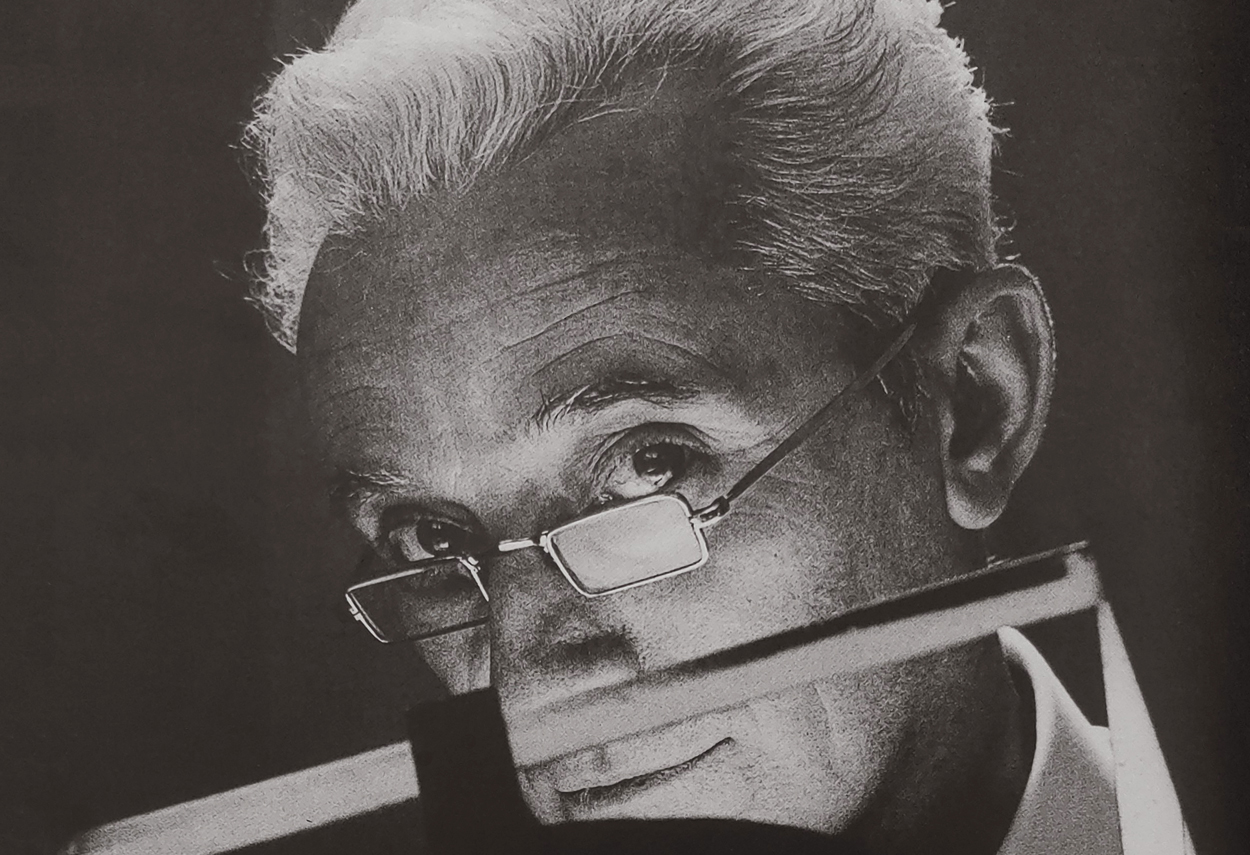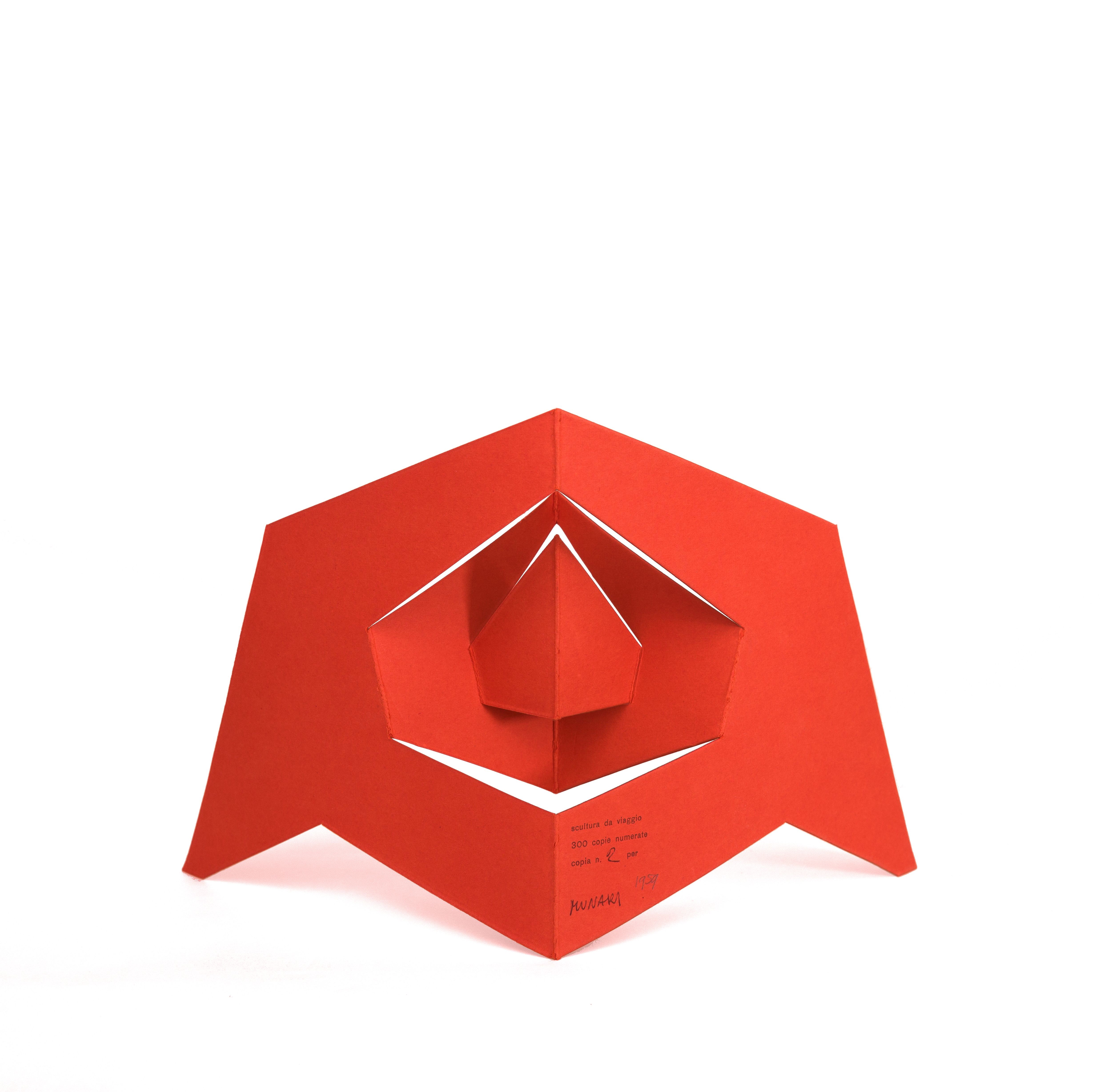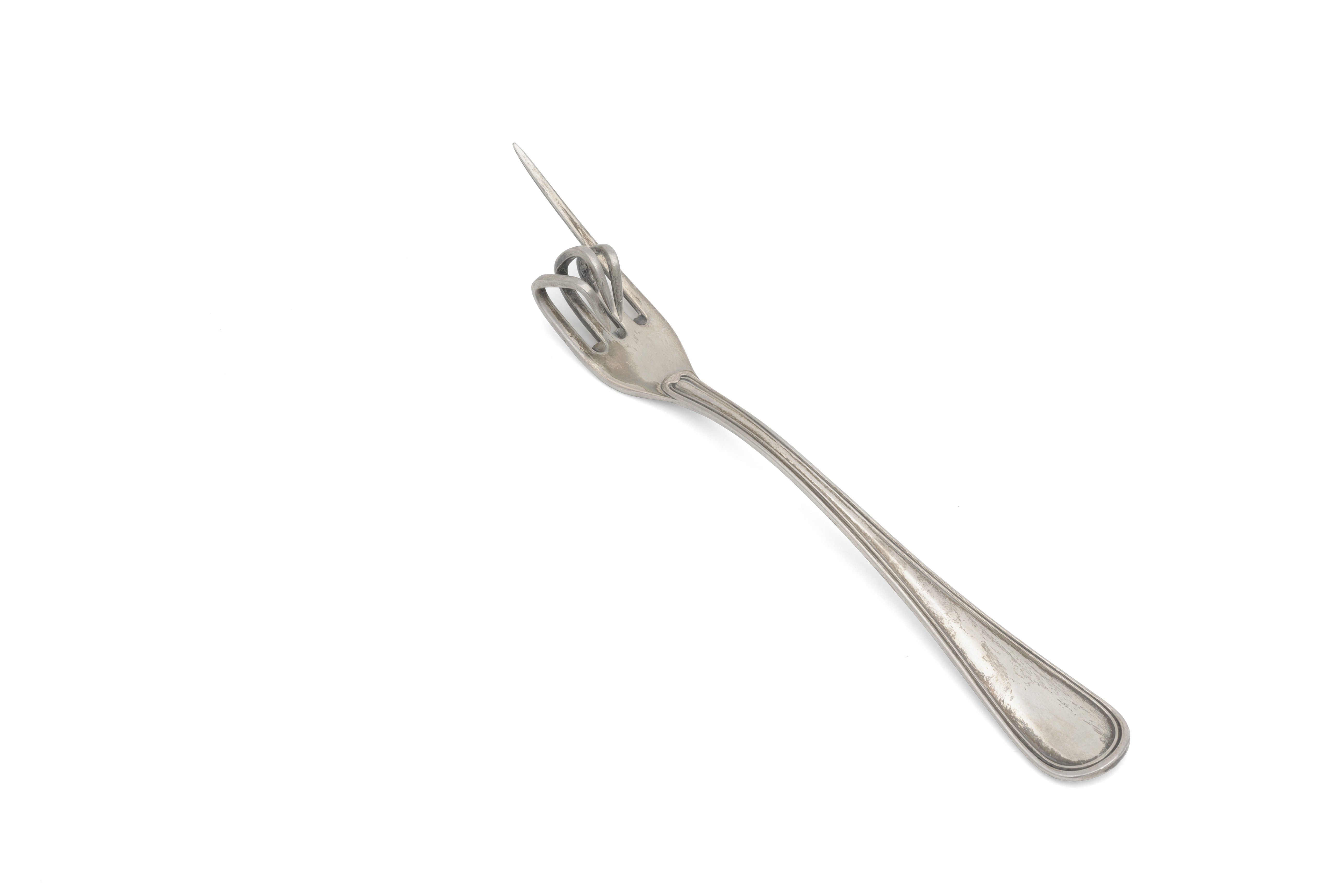
Have you ever heard of an eclectic and visionary artist, capable of ranging between art, design, literature and teaching, leaving an indelible mark on the Italian cultural landscape of the 20th century? In this article, I will guide you to discover the life and works of Bruno Munari (1907-1998), a multifaceted genius who challenged artistic conventions and opened up new expressive frontiers. Together we will explore his iconic ‘Useless Machines’, revolutionary ‘Unreadable Books’ and the famous ‘Munari Method’, a unique experience in art and creativity. Prepare to be inspired by this timeless artist.
Life and works of Bruno Munari, a multifaceted genius of 20th century Italian Art

Bruno Munari (1907-1998) was one of the most fascinating and influential figures on the 20th century Italian cultural scene. An artist, designer, writer, lecturer and innovator, Munari left an indelible mark on art and creativity, constantly challenging conventions and opening up new avenues of expression.
MUNARI’S DEBUT AND EARLY WORKS
Born in Milan in 1907, Munari made his debut in the art world by participating in Futurism exhibitions from 1927 onwards. Already from these early experiences, his eclectic and experimental attitude could be glimpsed, ready to push the boundaries of artistic tradition.
Among Munari’s most iconic works are the ‘Useless Machines’, compositions of abstract shapes floating in space. Although these artistic objects had no practical function, they represented an experiment in perceptual and aesthetic integration, combining art with movement and space in a completely innovative way.
MUNARI, PIONEER OF LIGHT IN ART, AUTHOR OF UNREADABLE BOOKS AND TRAVEL SCULPTURES
Munari was a pioneer in the creative exploration of light in art and as an artistic medium. His ‘Direct Projections’ realised in 1951 were true pictorial compositions embedded in slides, capable of creating large, almost cinematic immersive environments. This research anticipated many trends related to new media, once again demonstrating the artist’s genius and foresight.
One of Munari’s most innovative contributions are the ‘Illeggibili Books’ of 1948.
These avant-garde books told stories using images, lines, colours and cut-out, folded and transparent pages. Munari thus challenged the publishing tradition, showing how visual language could be just as powerful and expressive as written language.
In 1958, Munari introduced a new concept of sculpture with the ‘Travel Sculptures’.
These portable and foldable works transformed the plane into a space modulated through geometrically regulated folds. This research led him to explore and experiment with three-dimensional and interactive art forms.
THE MUNARI METHOD: THE ART OF CREATIVE TEACHING
In addition to his artistic works, Munari also devoted himself to education and training.
In 1977, he designed children’s workshops at the Brera Art Gallery in Milan. These workshops, focused on experimentation and the formation of creative processes, became the foundation of the famous ‘Bruno Munari Method. A workshop for education in creative design thinking’. This approach aimed to develop creativity and imagination in young people, allowing them to explore art and design in a playful and free way.

Bruno Munari’s works continue to be admired and studied all over the world. His iconic creations such as the ‘Talking Forks’, the ‘Negative Positives’ and the ‘Colours in the Peano Curve’ have gained a place in the collections of the most important international museums. His influence is still felt in the visual arts, design and art education, inspiring generations of creative people to think outside the box.
Bruno Munari was a true polyhedron of art and creativity.
His ability to challenge conventions and explore new frontiers has left a lasting legacy in the world of art and culture. His art is an invitation to look at the world with eyes that are curious and open to innovation. Whether through his ‘Unnecessary Machines’, ‘Unreadable Books’ or the famous ‘Munari Method’, the legacy of this 20th century Italian art genius will continue to inspire and surprise the creative minds of today and tomorrow.

